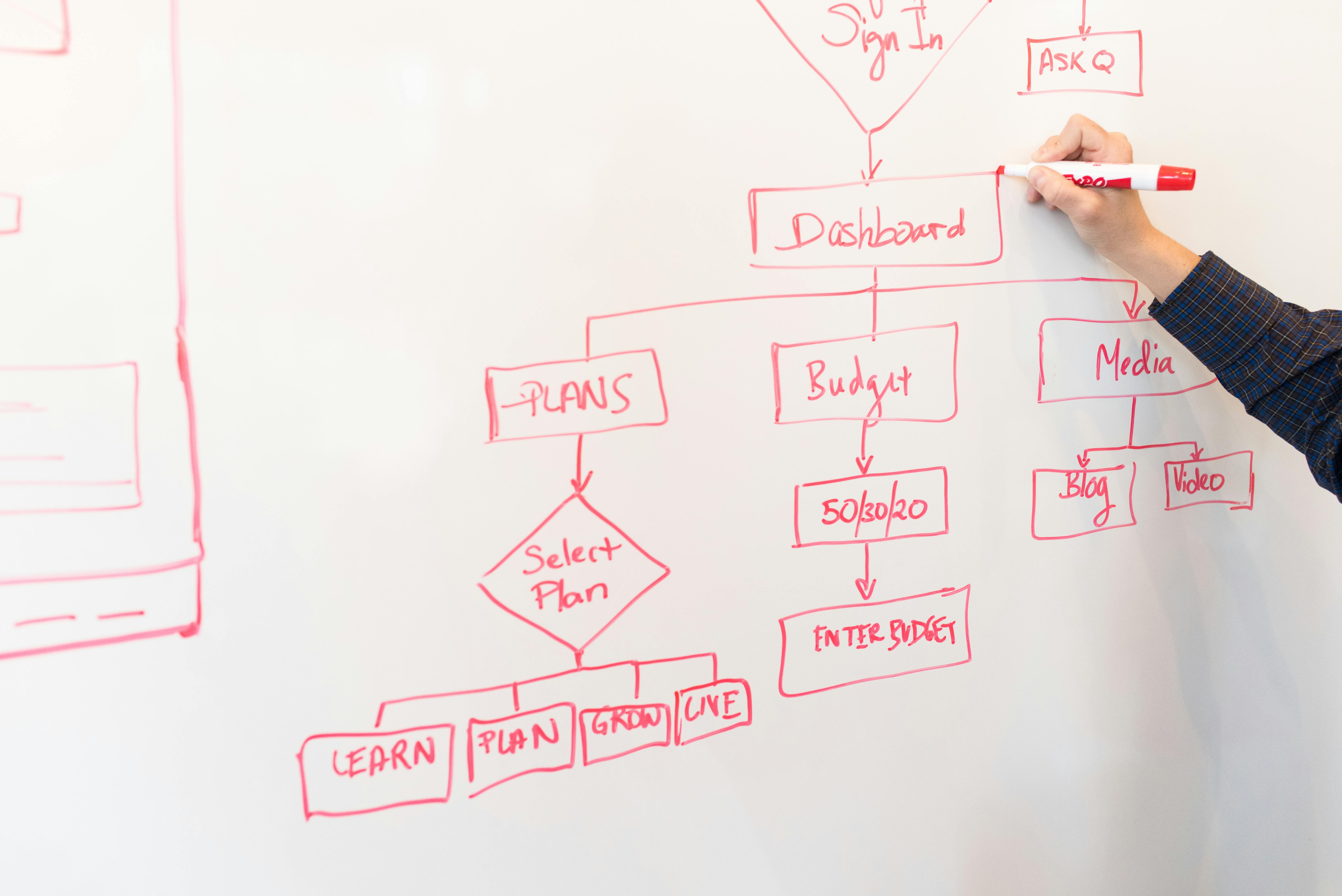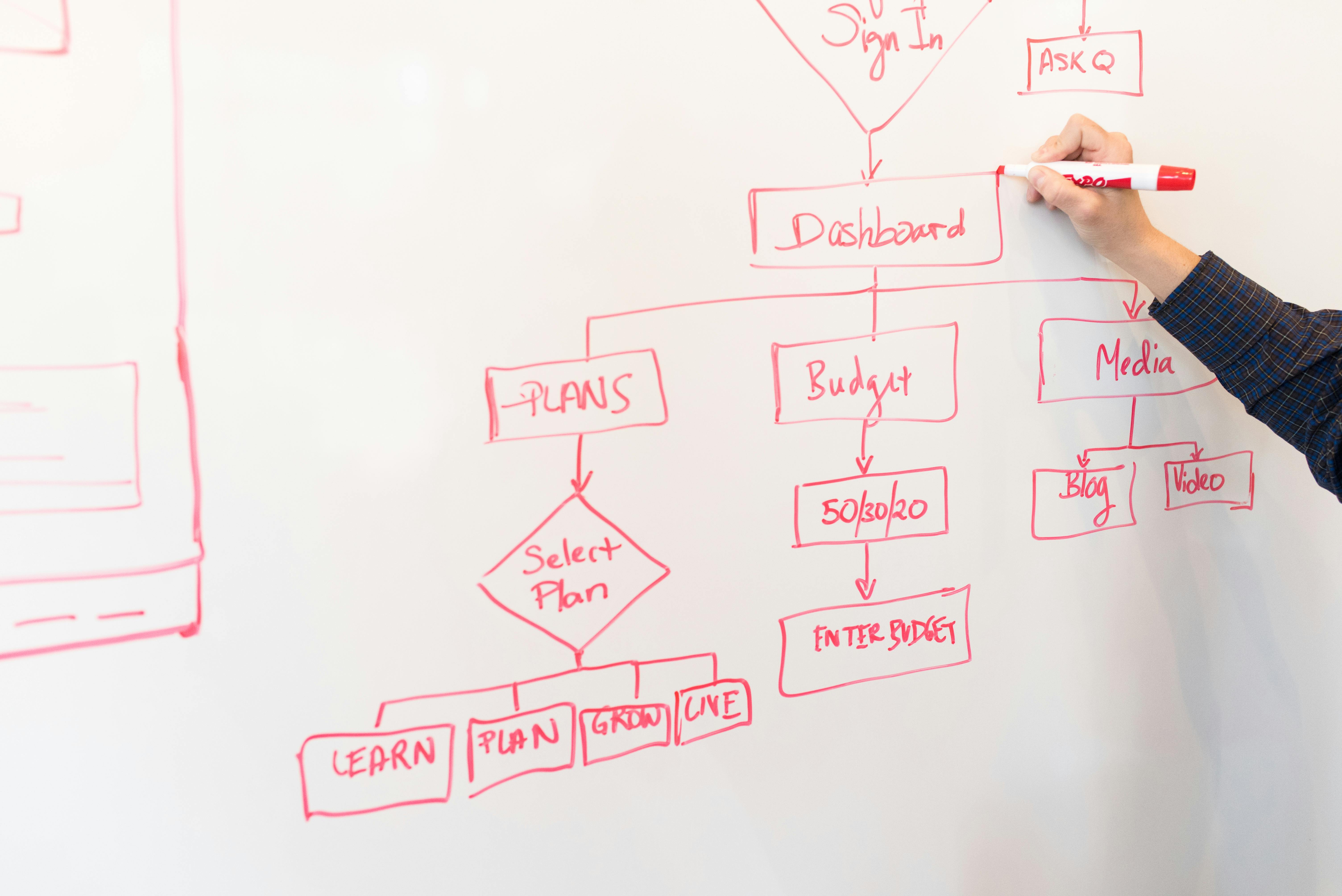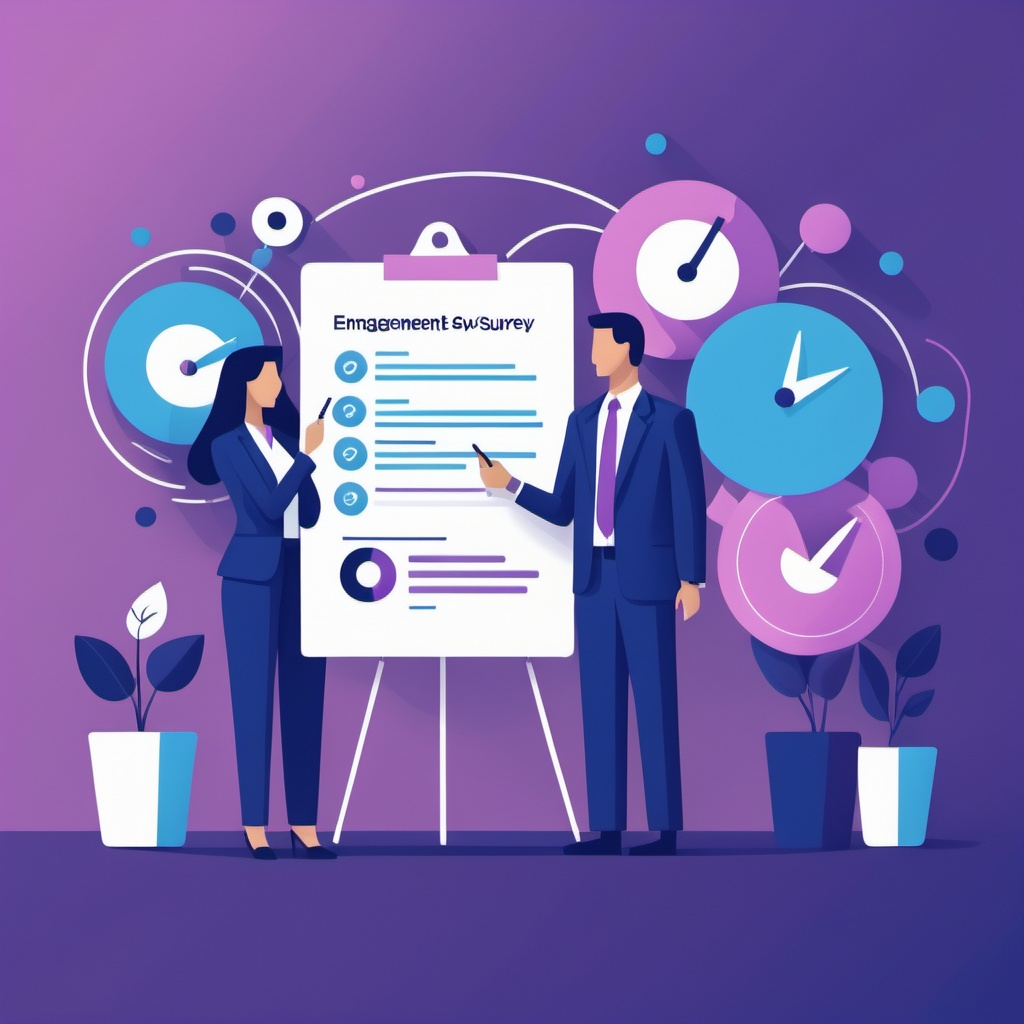Cognitive Ergonomics: Workflow Design for Better Focus

Rethinking Work: Beyond the Chair and Keyboard
When we hear “ergonomics,” visions of adjustable chairs and standing desks usually come to mind. But even the best chair can’t save us from the mental chaos of modern work. In reality, productivity is less about posture—and far more about how our minds interact with the flood of information and tasks hurled at us each day.
Cognitive ergonomics zooms out from the physical setup and refocuses on designing workflows that honor the strengths and limits of the human brain. It’s about crafting processes that fit the mind, minimize overload, and empower deep, meaningful work—even in an age of constant pings and open offices.
“Unlike hardware, software ergonomics deals primarily with mental strain. One key principle is minimizing cognitive load.”
— Jo Debecker, Wipro (Forbes)
The Brain at Work: Why It Matters
The brain isn’t a bottomless well of attention or memory. As digital demands mount, the risk of cognitive overload rises—leading to errors, stress, and disengagement. Organizations that recognize these cognitive realities lead the pack in both productivity and employee well-being.
According to the Society for Human Resource Management (SHRM), cognitive ergonomics is as essential as understanding physical or technical demands. Workflows optimized for clarity, attention, and mental breaks foster safer, more efficient, and healthier environments.
What Is Cognitive Ergonomics?
Mental Fit: Designing environments and processes that match how people think, learn, and decide.
Minimizing Overload: Avoiding clutter—too many steps, options, or notifications kill performance.
Supporting Focus: Allowing deep work and recovery periods so brains can recharge.
Engagement by Design: Systems should align with natural motivations and strengths—not force every brain into the same mold.
Tactics for Cognitive Ergonomics
Manage Information Overload: Simplify digital interfaces and workflows. Less is more. For example, Google’s minimal search page eliminates distractions, and Apple’s interfaces rely on clarity and recognizability, reducing unnecessary mental effort.
Chunk Complex Tasks: Break projects into smaller, logical steps that align with the way memory works.
Cultivate Focused Zones: Introduce quiet hours, “do not disturb” signals, or software to block interruptions—shown to lift productivity and well-being.
Respect Natural Rhythms: Flexible schedules let people harness their peak cognitive energy. As Forbes notes, productivity isn’t just output—it’s about supporting people cognitively, emotionally, and structurally.
Leverage Motivation & Autonomy: Design roles and responsibilities so employees see the impact of their work, have a say in how tasks are done, and receive feedback—principles validated by Gallup’s research on engagement and well-being.
“Productivity is more than just output. It’s a reflection of how well people are supported cognitively, emotionally, and structurally.”
— Forbes Technology Council
The Results: People and Performance, Upgraded
Organizations that prioritize cognitive ergonomics benefit from:
Fewer mistakes and higher quality work
Greater engagement and lower turnover
Higher well-being, less burnout, and better business outcomes
“A healthy workforce means the absence of strain or boredom… When demands exceed or fall below the resources, individuals experience undesirable states that hinder quality and quantity of performance as well as their well-being.”
— Gallup, Well-Being in the Workplace
Motivation to Lead Change
“The purpose of this whole method of workflow management is not to let your brain become lax, but rather to enable it to move toward more elegant and productive activity.”
— David Allen, Getting Things Done
The Future: Designing for Minds, Not Just Spaces
Cognitive ergonomics is the next horizon in workplace design. The real breakthroughs will come not from new gadgets or open offices, but from workflows and cultures built around how the brain truly works. Only then can we unlock the full capacity of people and organizations—for healthier, smarter, more engaged workplaces
References
https://www.forbes.com/councils/forbestechcouncil/2025/07/21/unlocking-workplace-productivity-tackling-the-hidden-challenges-behind-adhd-and-more/
https://www.forbes.com/councils/forbestechcouncil/2024/08/16/how-to-ensure-user-friendly-ergonomic-design-in-software-projects/








